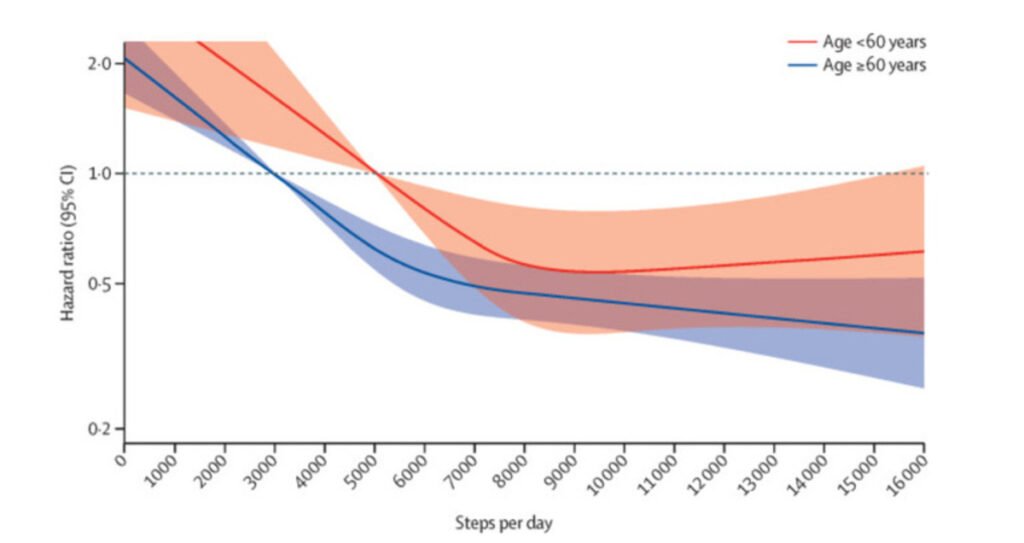- A simple WhatsApp call could drain your bank account — here’s how scammers do it - September 1, 2025
- This everyday drink accelerates aging — science explains why - August 31, 2025
- How to hide the “seen” checkmarks on your WhatsApp messages - August 30, 2025
Think you need to clock in 10,000 steps every day? Science suggests you might be overshooting—and your healthiest stride could be lower.
The origin of the 10,000-step legend
Back in 1965, a Japanese firm launched a pedometer called the Manpo-Kei, which literally means “10,000 steps meter.” The catchy round number—万 in Japanese—resembled the character for a person walking, so it stuck. Fast-forward decades later, and every activity tracker or fitness app used that figure as gospel. But is there any proof behind it? Not really. A major study in JAMA found that about 8,000 steps per day delivered the most bang for your buck in reducing mortality risk—walk more than that, and gains plateau.
I first realised the myth when I noticed my own smartwatch congratulated me wildly for hitting 10K, even on days when I felt sluggish. Curious, I dug into the research—and discovered that the sweet spot is lower than the marketing hype.
Tailoring your steps by age

A comprehensive meta-analysis in The Lancet, pooling data from over 47,000 adults, reveals that for those over 60, 7,000 steps per day slashed mortality by roughly 50% compared to more sedentary peers. Pushing to 10K helped only marginally.
Surprisingly, under-60s saw the biggest drop in mortality up to around 8,000 steps—beyond that, extra strides offered no additional benefit and might even slightly elevate risk. The World Health Organization doesn’t even emphasise step counts; instead, it advises 150–300 minutes of moderate exercise or 75–150 minutes of vigorous exercise weekly, plus muscle-strengthening sessions twice a week—recommendations that apply to all adults, regardless of age.
For my part, swapping some of my 10K-step days for brisk weekend bike rides and yoga classes made me feel just as fit—and freed me from the guilt of missing that arbitrary target.
So next time you lace up, remember: consistency and variety beat chasing a round number. Aim for 8,000 steps if you’re under 60, 7,000 if you’re over, and mix in other forms of movement to meet established health guidelines. Your body—and your smartwatch—will thank you.









